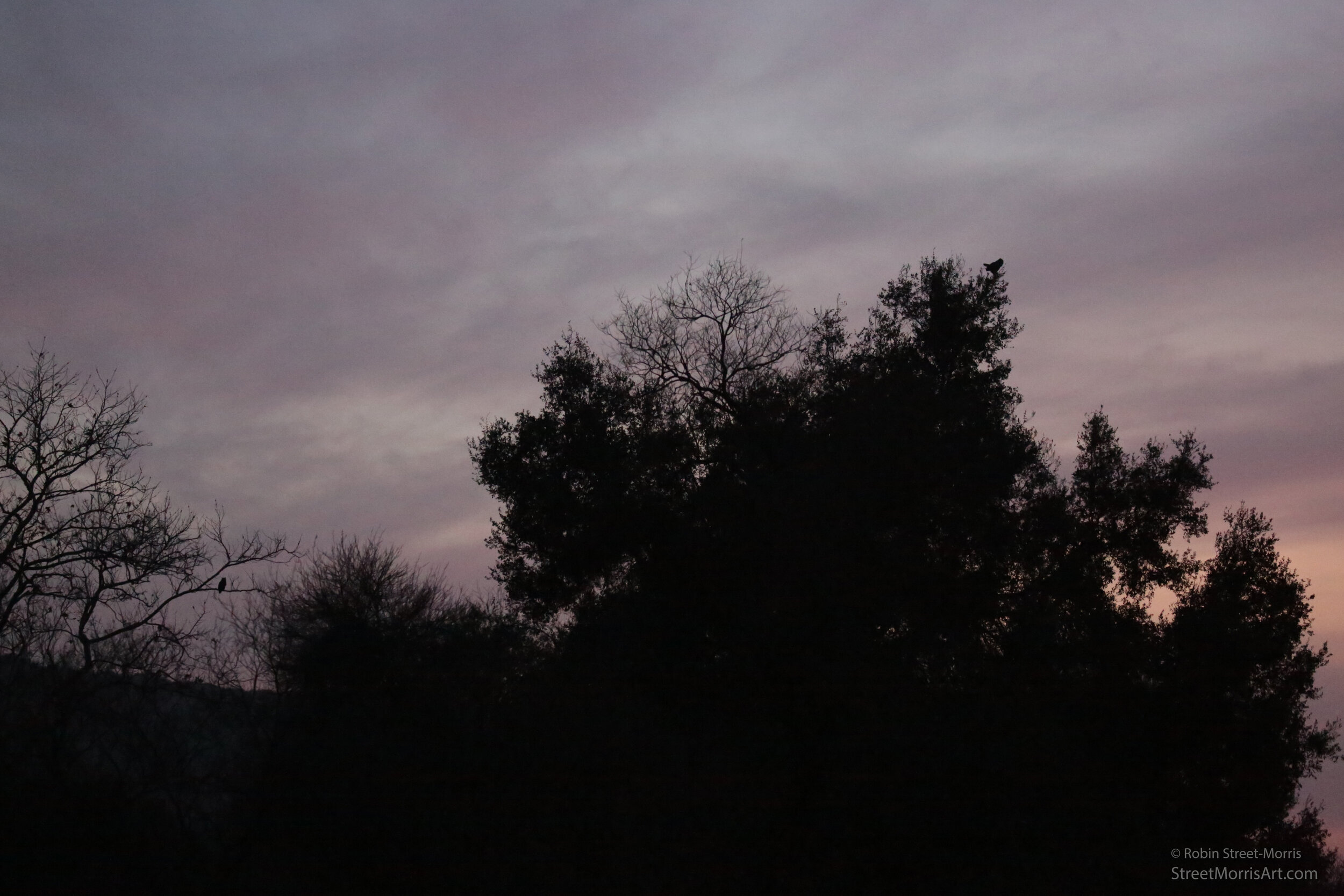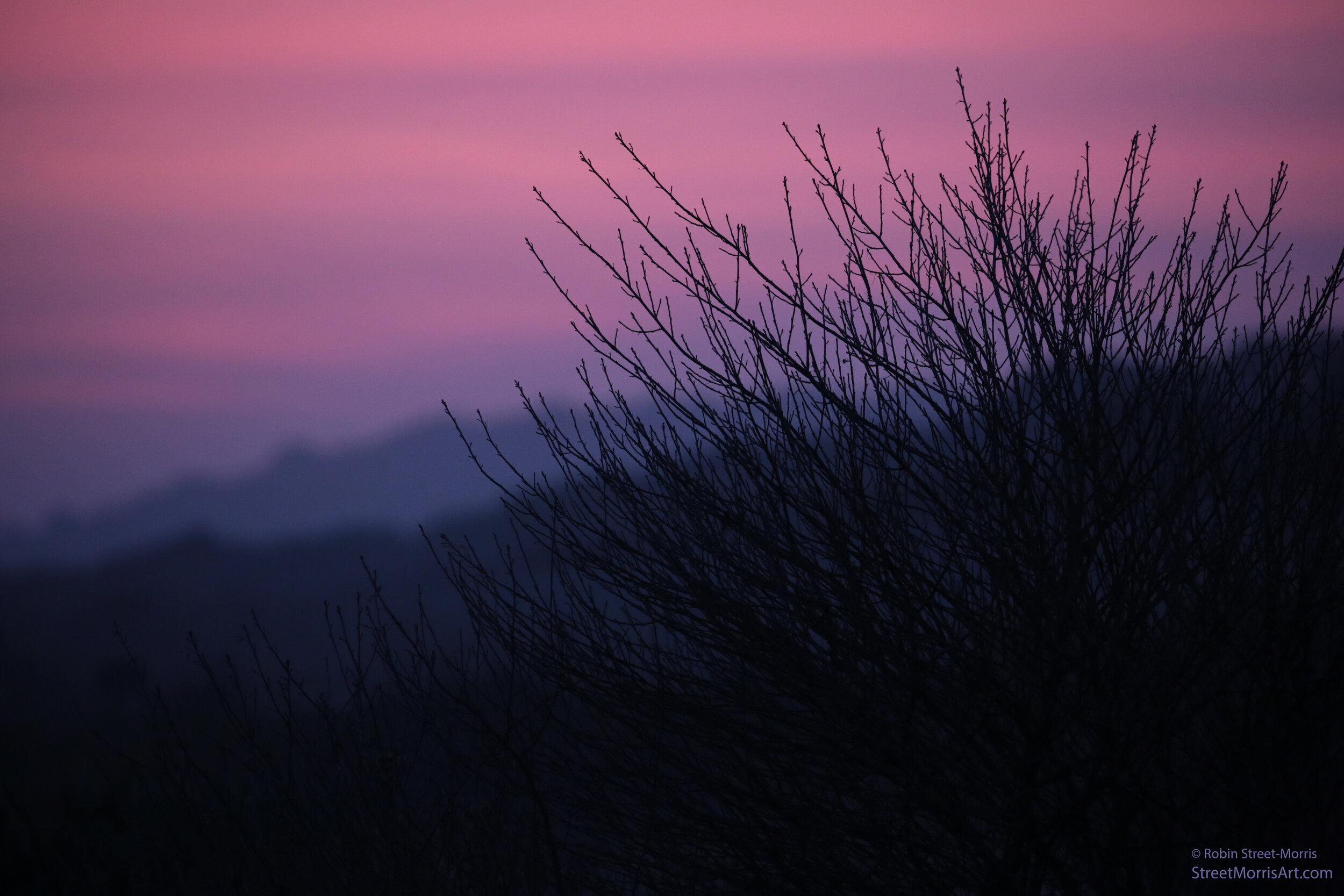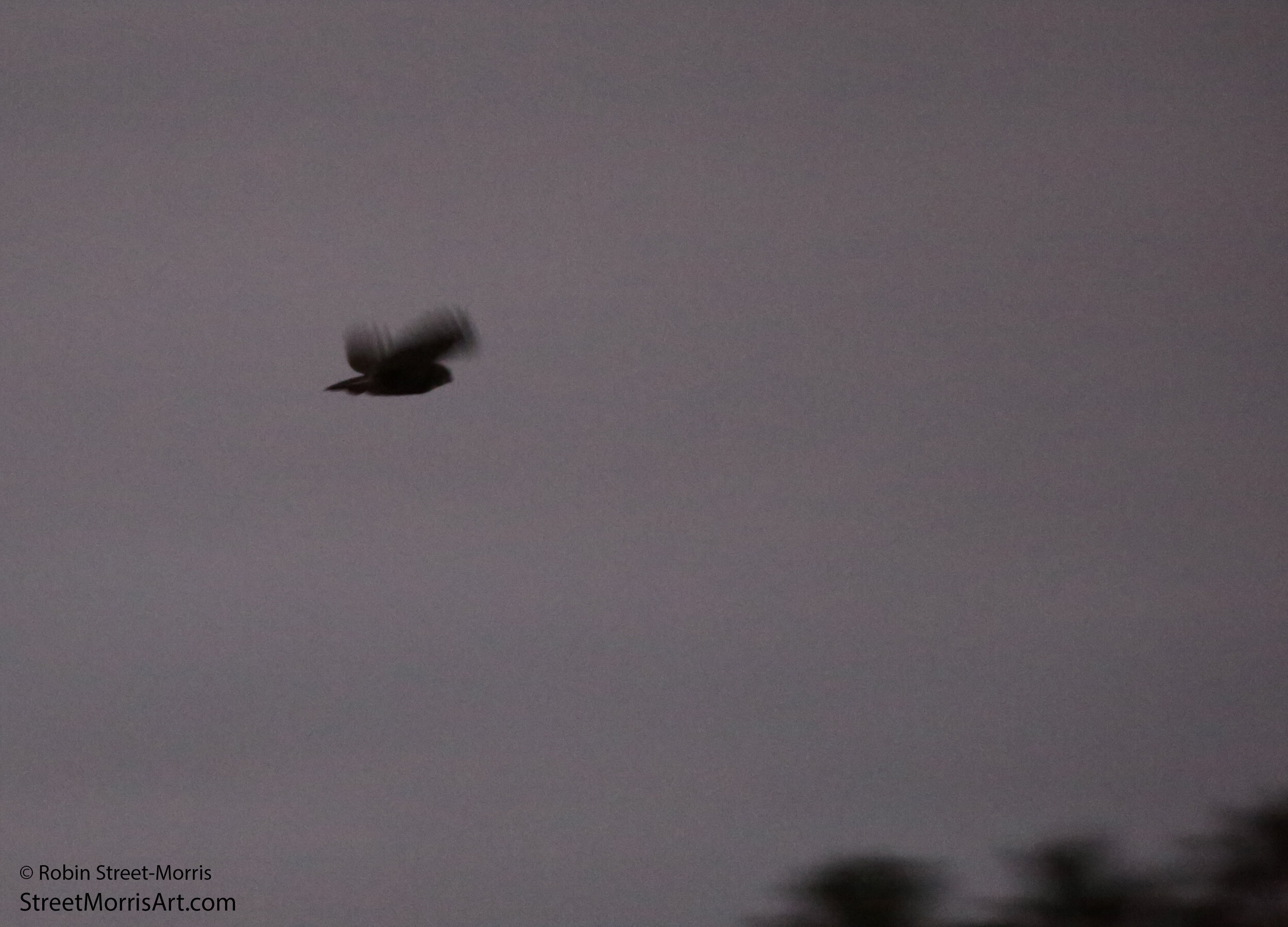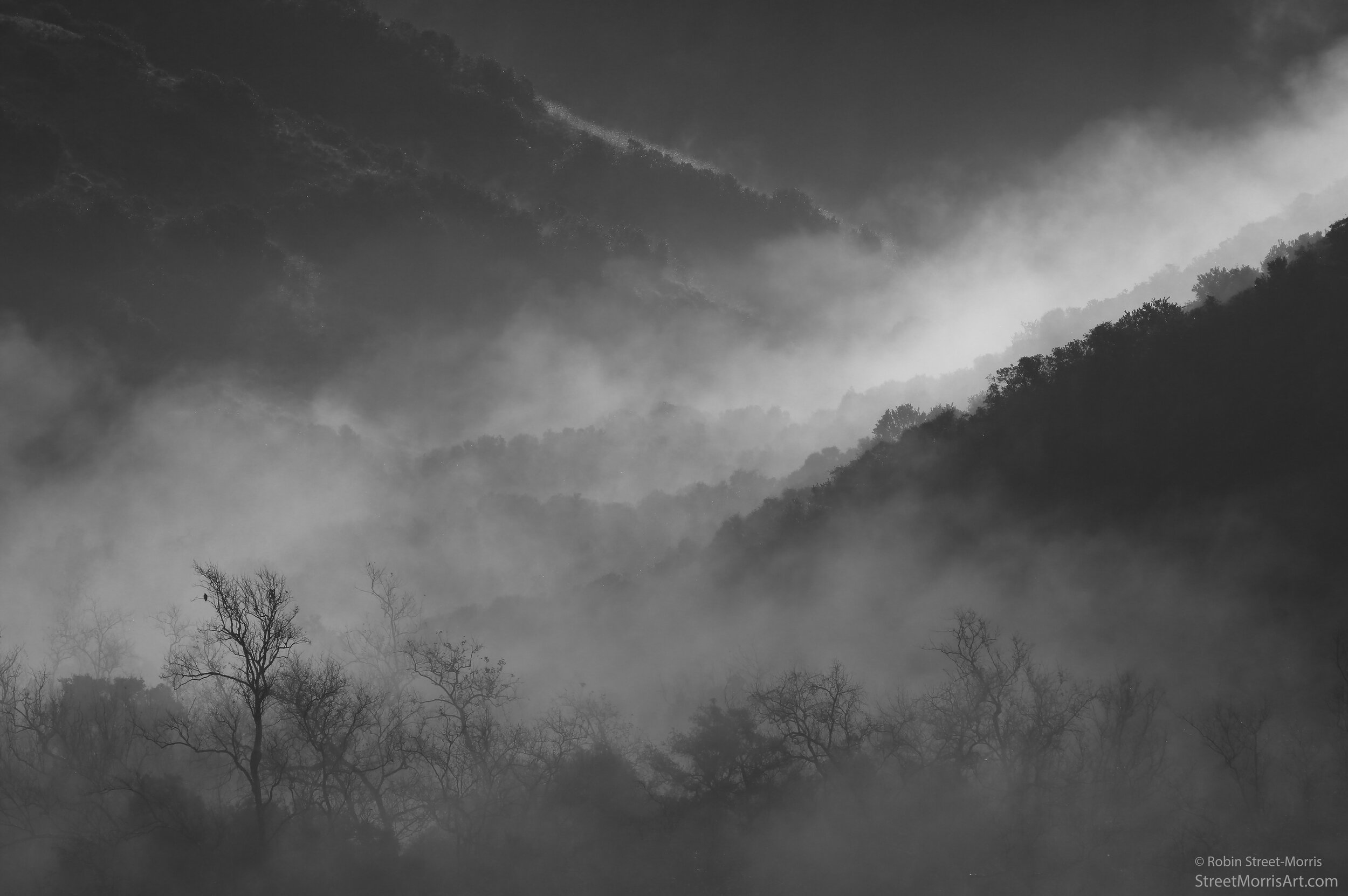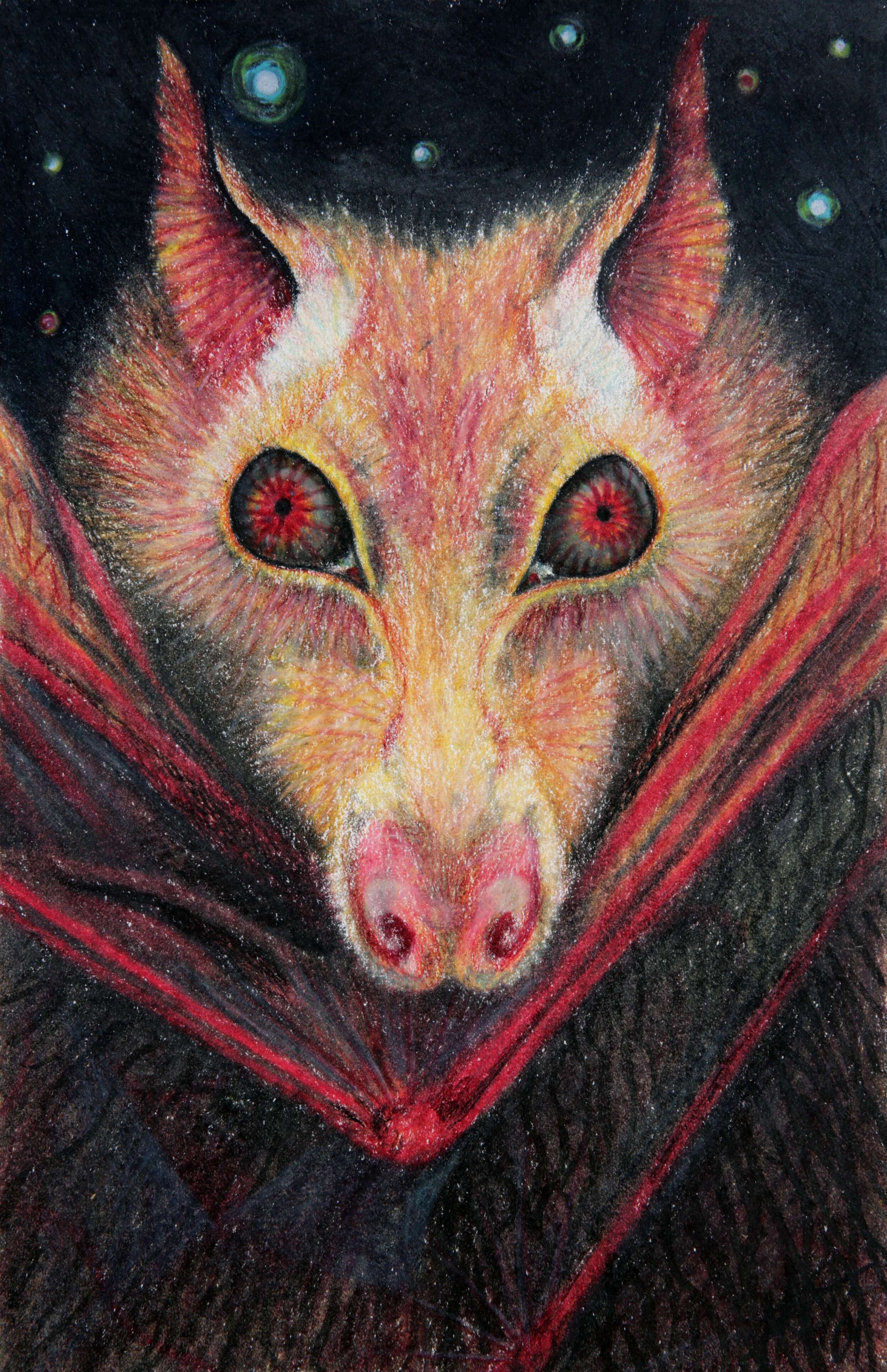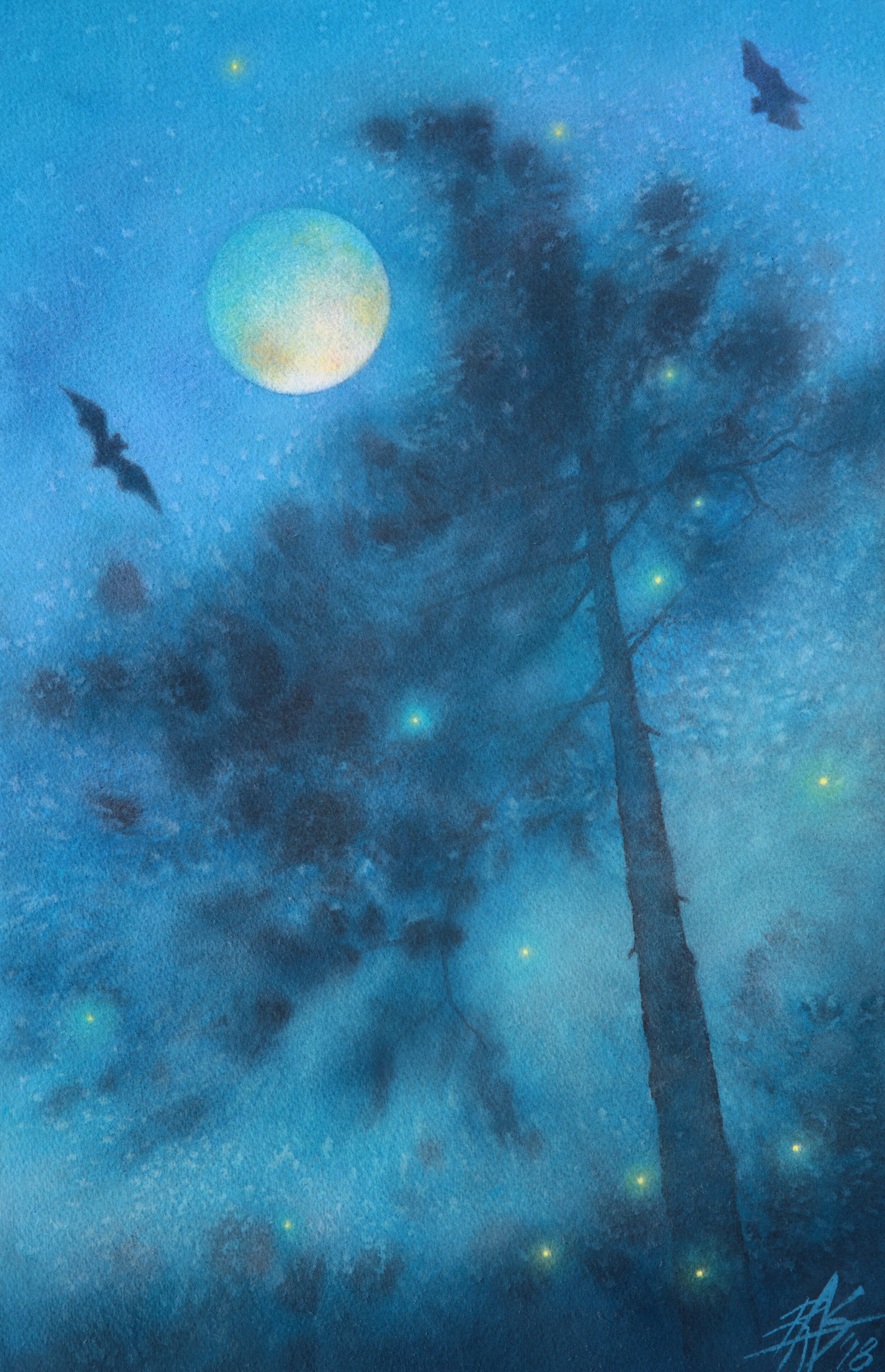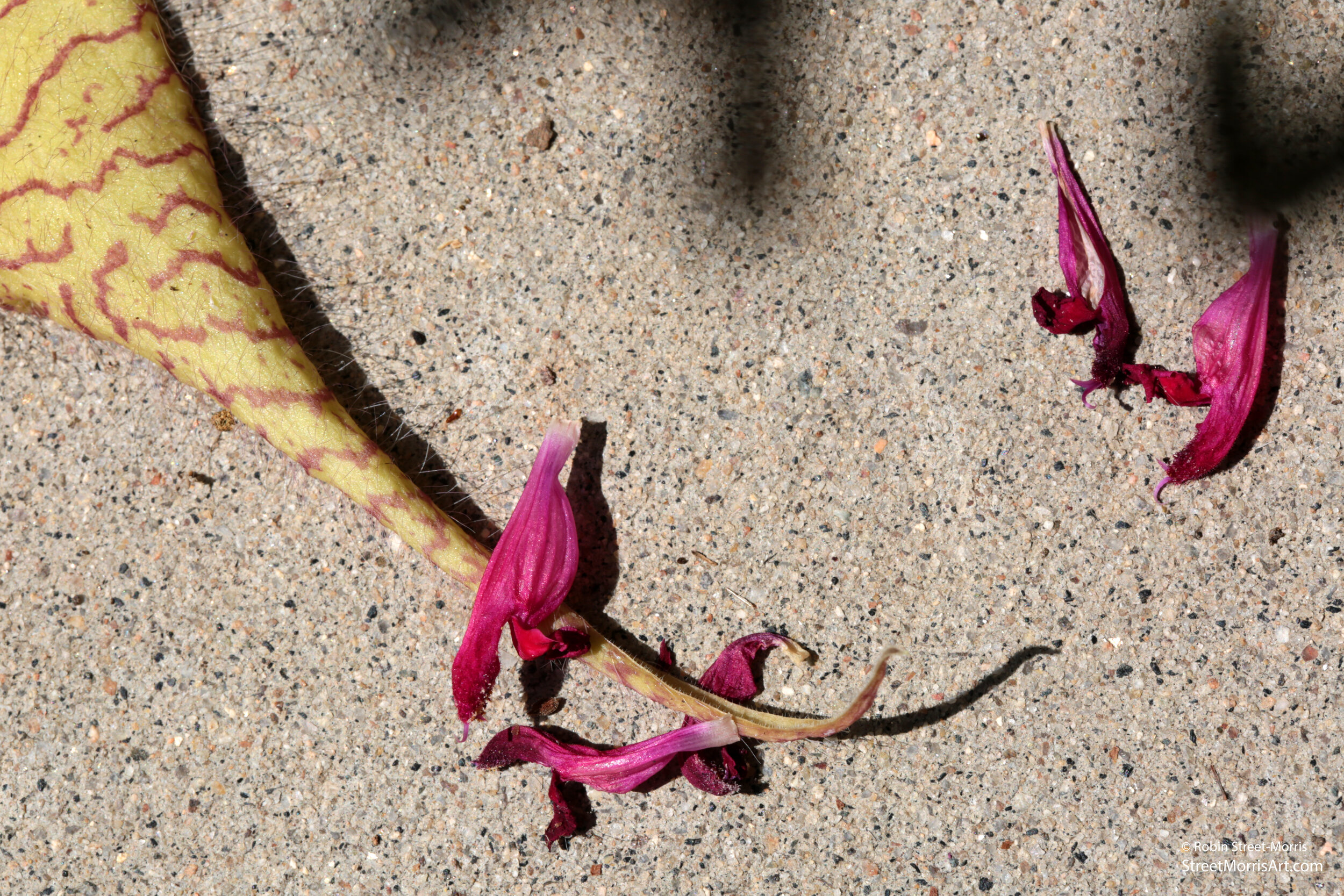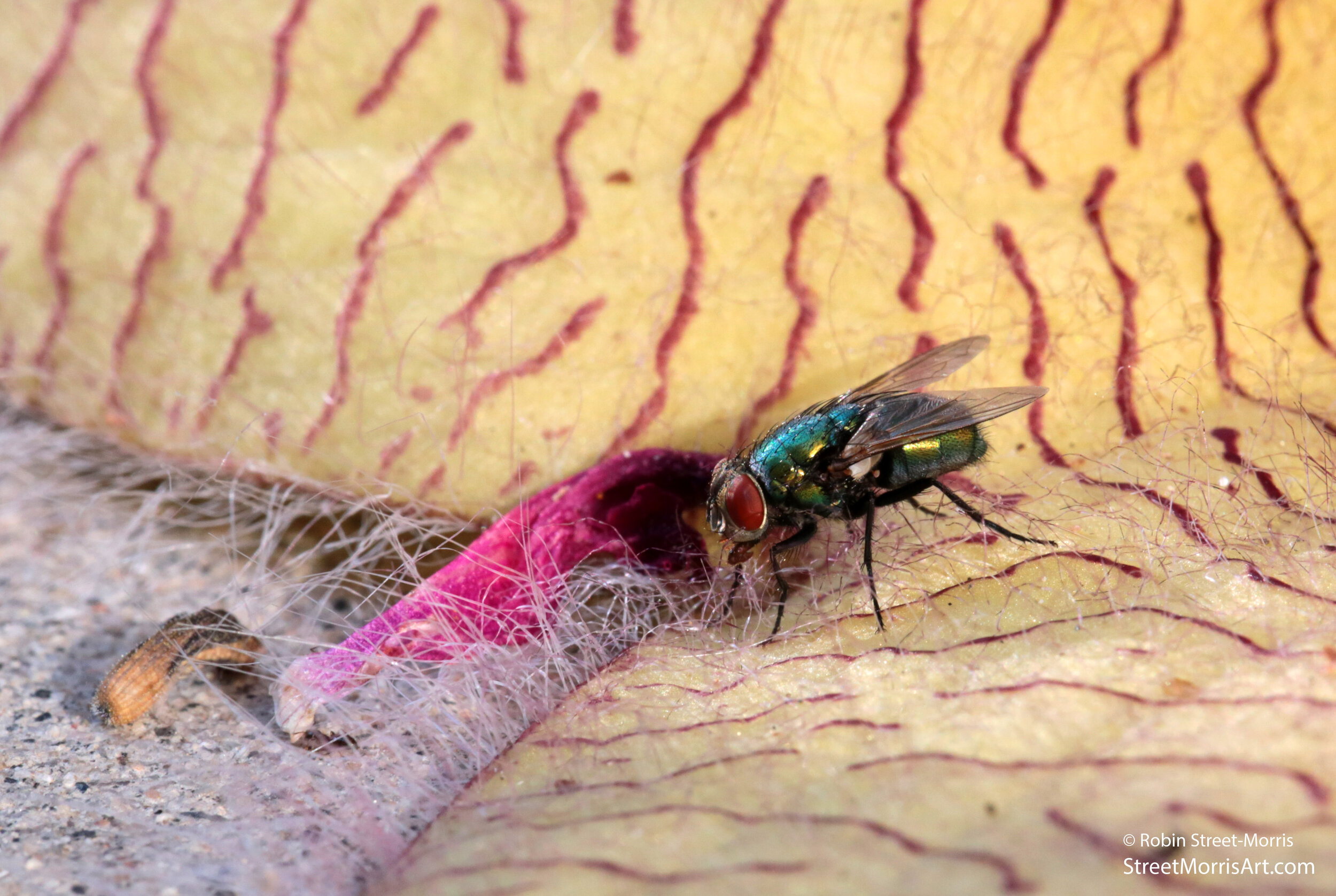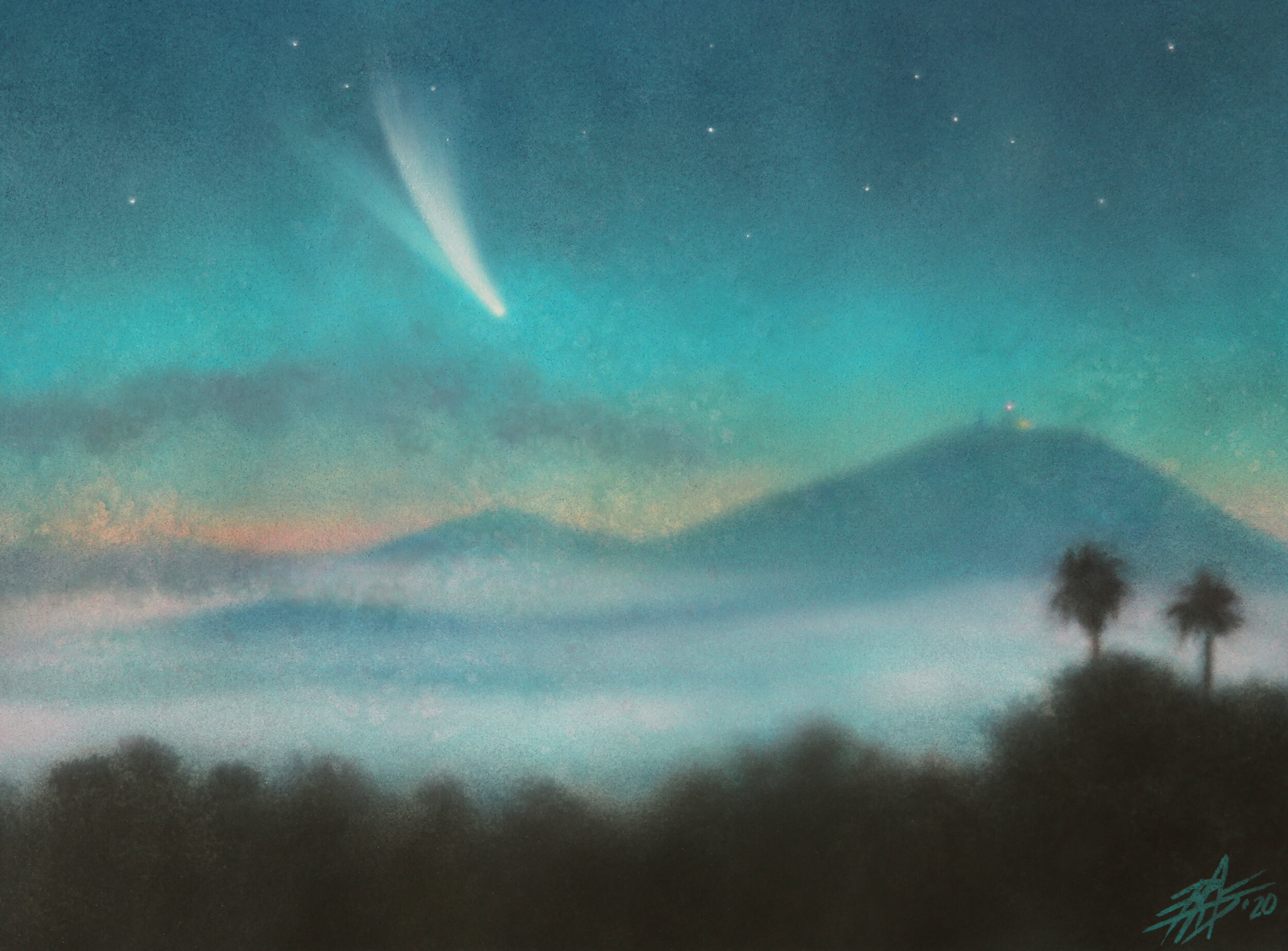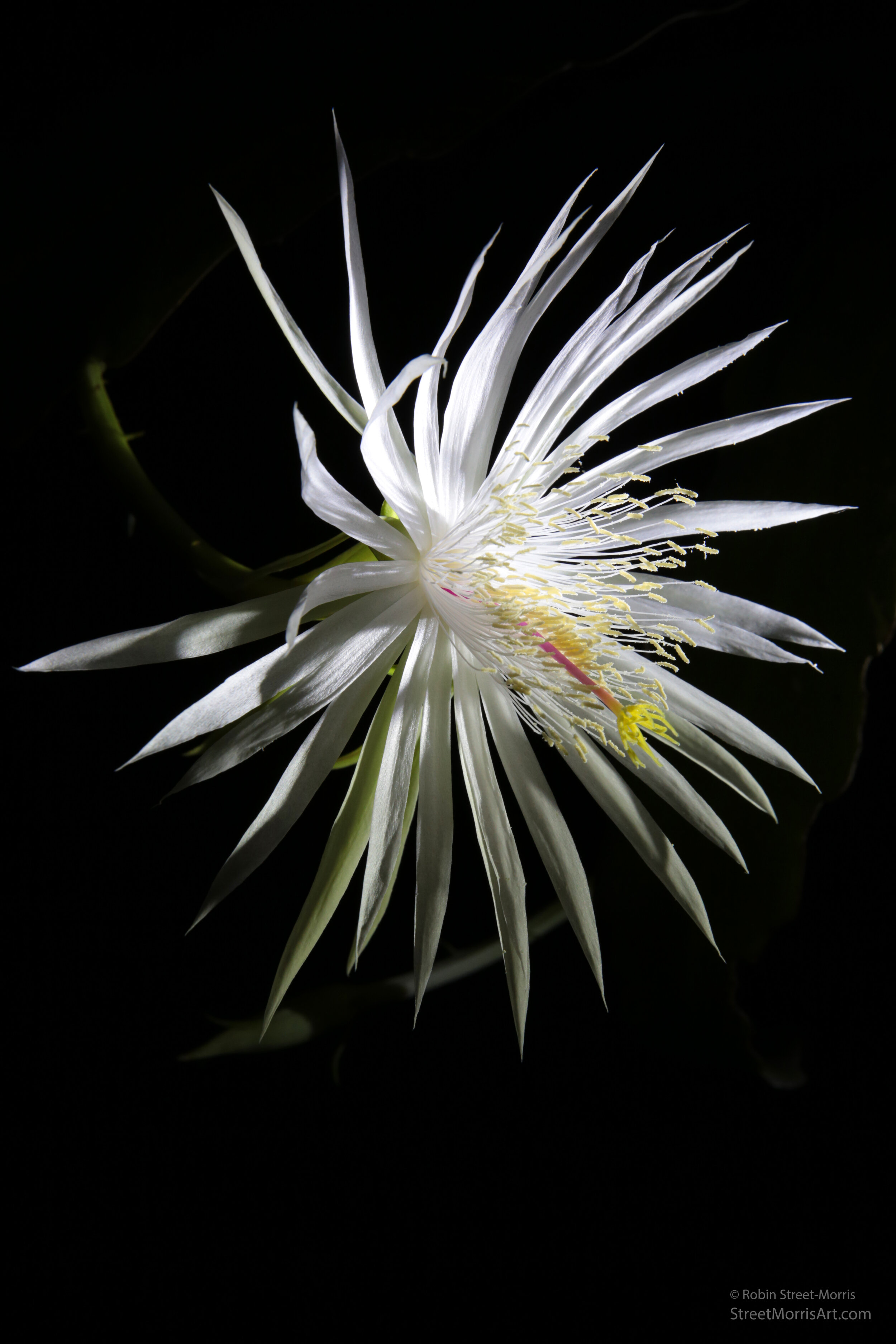Nature to the rescue
This isn’t the same pair of great horned owls as was shown mating in a recent post of mine. They also live in Los Peñasquitos Canyon Preserve here in San Diego about a mile west of the others, though I suppose they’re still slumming it in the eyes of some owls since they live east of the 5. Years ago, I was able to come to the conclusion that this isn’t the same pair as the other one by being present for their evening wake up routines at the same time on different days on multiple occasions. I'd not visited this pair in awhile. Their territory is farther from the house with a rockier walk up and out left to contend with in the dark which was done last night while listening to the hauntingly beautiful sound of howling coyotes. I also try to see the closer pair more often because I’d like to figure out where they choose to nest, if indeed they do, and if it’s in a spot I can observe without venturing off trail or onto private property.
We were fortunate to see this male sail silently over our heads and land in a distant tree where he began hooting to his mate. She flew out from deep in the woods along the creek to a spot in a bare California sycamore. They followed each other into inaccessible darkness after a brief duet.
This is the male great horned owl. He has deeper hoots than she does.
That’s the female.
Zooming out, you can see them in their respective perches here. I was shooting with a 100-400mm telephoto lens and keeping my distance from them so as not to impact their behavior.
It left with me.
With so little else open during this pandemic, our local preserves and state parks are getting even more trashed than usual. These spaces were set aside first and foremost to protect the remnants of what was here after people began bulldozing land for our sprawling homes, office parks and large scale agriculture. It’s possible to recreate in them and celebrate their beauty while treating them with respect, but that requires thinking about the consequences of our actions. Discarding plastic, cigarette butts and tearing up narrow trails made more fragile by winter rains and heavy fog threatens the plants and wildlife that live within these areas. They have no other homes to retreat to.
Happy New Year. Thanks for your continued emotional and financial support of living artists, any living artist. I’d say 2021 can’t be any worse than what we’ve just experienced, but entropy is clearly still a thing.
—Robin Street-Morris
Happy Winter Solstice!
California kingsnake
I was thrilled to see this California kingsnake (Lampropeltis californiae) heading across a trail in Los Peñasquitos Canyon Preserve. Had I not been looking down, I could have easily stepped on it or put the front wheel of one of my bikes across its back. Flattened animals and plants are situations I encounter in our San Diego preserves all too often. I stuck around until it made its way safely across.
Owl encounter
I’ve never seen a bird I didn’t like. That said, I do have my favorites and owls are among them. My first owl sighting was of a snowy in Michigan many years ago while traveling between Ann Arbor and Lansing to drop off some art at a show. That’s a particularly ethereal species that leaves a lasting impression. I was fortunate to see two more snowies near Kansas City during an irruption year. Great horned owls are similarly charismatic. I really got into watching them in St. Louis, first with the guidance of naturalist and friend Mark Glenshaw and then on my own. It’s a pursuit that followed me to San Diego where I’ve continued to seek out new pairs of this species and others. So far, I’ve seen many great horned owls, barn owls and western screech-owls in the preserves, burrowing owls at Ramona Grasslands and Mission Bay, and long-eared owls in Anza Borrego Desert State Park. The California spotted owl is my white whale and will likely require many more trips to the mountains if I’m ever to catch a glimpse of one.
The first pair of great horned owls I encountered in San Diego and made a point of visiting for years were (are, hopefully) in Tecolote Canyon Natural Park. Most of my sustained observations of particular pairs have been in Western Hills Neighborhood Park, Torrey Pines State Natural Reserve Extension and here in Los Peñasquitos Canyon Preserve. I’m aware of three pairs in the main canyon, but there are likely quite a few more given the density of quality habitat and abundance of prey. After checking on some plants in the canyon and picking up trash yesterday, I walked over to see if I could catch glimpses of the pair closest to my home. I heard them dueting deep in the live oaks over the bubbling of the creek. Eventually the female flew out and pinnacled on a California sycamore branch. She continued hooting back to him until he flew over to her to mate. She flew north out of sight shortly afterward with me being unable to reacquire her without trampling plants and wandering through people’s yards. Unlike some other pairs of these owls I’ve watched from the beginning of the nesting season to owlets going off to find their own territories, I’ve yet to see these birds nest. The winter rains arrive and the preserve closes due to dangerous flooding and to keep people off the trails that degrade very easily when they’re wet. Maybe some day I’ll get lucky. Even if I don’t, it’s comforting to know they’re there going about their lives in an area that’s been set aside for wildlife, rare native plants and us.
The above habitat is part of the owls’ territory and includes the tree they mated in. Prints of this photograph may be purchased by clicking on said image.
Bobcat
We were recently cited by the San Diego Fire Department for having overgrown foliage. Coastal sunflowers (Encelia californica) and other natives to this area experience a dormancy period in summer and early fall that make some of them appear dead even though they’re not. As I trimmed them back to appease the powers that be, I encountered green wood immediately. While green in outward appearance, the nonnative bank catclaw (Acacia redolens) planted by the developer to stabilize the slope has been removed. I’m replanting the slope myself with more species that are native to our address. This bobcat recently walked past a newly planted Del Mar manzanita (Arctostaphylos glandulosa ssp. crassifolia) and marked its Acacia stump.
Speaking of chaparral, a piece of mine titled Nemeton VII, inspired by a tunnel of oaks in nearby Los Peñasquitos Canyon Preserve, was just selected for The San Diego Museum of Art Artists Guild 2020 Online International Winter Exhibition which in online for obvious reasons. The original is available. Prints may be purchased by clicking on the image of the painting below.
Chaparral Sunset
My latest mixed media painting was inspired by my love of our dwindling chaparral here in southern California due to development. It's far from being my first and likely won't be my last. I often head up to Del Mar Mesa Preserve to appreciate the sunsets while surrounded by a sea of native foliage that’s habitat for local wildlife.
Please click on the image of it below if you’re interested in purchasing a print or send me a message if you’re interested in the original. Living artists such as myself appreciate your patronage.
—Robin Street-Morris
More treats, fewer tricks. Please.
I’ve got what those of us in the art biz refer to as a cohesive body of work. Then there are my divergences. Nature is almost always at the root of my inspiration, sometimes I just feel like expressing it a little differently.
The creatures we identify with Halloween, including bats, owls, corvids (thinks crows and ravens) and black cats, bring me joy year-round, as does art inspired by them. These animals continue to battle bad reputations among the superstitious and are deserving of positive press. In the spirit of the season, the San Diego Natural History Museum shared a short piece debunking some of the myths about bats out there. They’re mutual friends of ours if you don’t like being swarmed by mosquitos and enjoy tequila and mezcal.
Prints of any of these pieces can by purchased by clicking on the images of them below. Thanks for supporting living artists and Happy Halloween!
—Robin Street-Morris
Faded
Sunny Side Up
I love coastal California poppies both for their extended blooming season and their compact, blue-green foliage tipped with burgundy. It compliments the orange and yellow of their exceptionally beautiful and cheerful blossoms perfectly. Ours have only been watered by fog in many months and are frequented by native bees.
Prints are available here.
The Conversation and Foxfire Oak
My two latest pieces were inspired by encounters with animals in places that are special to me. The pair of crows featured in The Conversation are regulars on our back fence. The flaming red moon, Mars and smoke (why the moon is that color) are also rooted in reality. Smoke was billowing from the Valley Fire to the southeast of us near Alpine, California. It isn’t intended to be a depressing piece, but to encourage thought about climate change and where we choose to build long-term dwellings and businesses. As with all art, it’s also o.k. in my opinion to simply enjoy the imagery and decide what, if anything, it means to you.
Foxfire Oak celebrates both another recent Catalina Island fox sighting (I adore them) and a shapely, old island scrub oak at Wrigley Botanical Garden in Avalon, California. I combined personal experience and folklore in this mixed media painting that’s primarily watercolor with a bit of soft pastel added toward its completion to punch up the cold flames in the tree hollows and the fox’s eyes. Despite being quite different in both the techniques used and the outcome, it’s a bit of an homage to my favorite piece of visual art, New Year's Eve Foxfires at the Changing Tree, made by Utagawa Hiroshige. I was fortunate enough to see an original woodblock print of it at The Metropolitan Museum of Art.
If you’re interested in owning either of these originals, please send me a message here. Prints may be purchased through Pixels.com by clicking on the images of the paintings below.
Thanks for supporting living artists.
—Robin Street-Morris
Climate fires
It’d be pretty easy to get overly emotional here about the fires that are consuming places I’ve seen and love and more I’ve wanted to visit but hadn’t gotten to yet before they burned. Being who I am, for better or for worse, my sadness and tears quickly turned to fury. It’s frustrating to read chaparral, a unique and vanishing habitat, being referred to simply as "fuel.” There's nothing like the scent of it and coastal sage scrub. In one inhale after a heavy fog or rain it can make me feel as though things are going to be alright even though the writing on the wall is clear that this is not the case. Anthropogenic (man-made) climate change has sped up the frequency of catastrophic wind-blown fires which are most often begun by human carelessness, including not putting money into the most basic of infrastructure in order to appease shareholders. Invasive grasses and other weeds will continue to take the places of our native plants adapted to fire before they can regrow leading to more frequent fires—again, most often started by us. Building large developments in San Diego's East County and other inland areas of California is a recipe for more disasters.
If you’d like to help (having a better understanding of this place regardless of where you live does), please take a moment to learn more about our chaparral at the California Chaparral Institute's website .
Cleveland National Forest buckwheat.
Buzzard's Roost Lookout in Big Sur.
Cleveland National Forest looking toward Anza-Borrego Desert State Park.
San Bernardino National Forest manzanitas.
Los Peñasquitos Canyon Preserve.
Old growth chaparral featuring magnificent Nuttall's scrub oak (Quercus dumosa) in Del Mar Mesa Preserve.
Heat and Smoke
Epiphyllum oxypetalum
This remarkable cactus’s blossoms are enormous, heavily fragrant and only open for one night each. If I want to photograph it I need to be willing to stay up late because they fade by dawn. I appreciated it for awhile the first time it bloomed this summer and headed to bed a bit sad because I was too weary to give it the attention it deserved. I committed to capturing some photos of its second flush because that may be it for the year. I placed my trail camera with night vision in front of both bloomings hoping to catch a pollinator, but no luck with that so far, “just” a bobcat and some raccoons.
Stapelia gigantea
The beauty of the Zulu giant’s enormous blooms overshadows the fetid odor they produce. They mimic the smell of carrion to attract fly pollinators which are ubiquitously distributed even in the harsh southern African deserts this species is native to. As you will see in this brief photo essay, a green bottle fly carefully deposited larvae around the cilia (hairs) of the blossom toward the end of her visit to it. The plant offered her progeny no nutrition like rotting meat or feces would have, so they were destined to starve. Argentine ant predators began carrying off the larvae to their nest even before she’d finished giving birth.
This plant has been growing well for years in a narrow garden near our front door where it’s somewhat protected from San Diego’s winter rains in order to keep it from rotting. Salvia ‘Royal Bumble’ acts as its nurse plant, both providing it with a bit of shade and giving the hummingbirds yet another food source to fight over.
Like Stapelia gigantea, Huernia zebrina has been attracting flies much to the delight of the resident lizards. You can see the larvae if you look closely below. It’s sometimes called lifesaver plant or lifesaver cactus. These species aren’t cacti, but rather members of the milkweed subfamily Asclepiadaceae.
Incoming Fog and Comet NEOWISE
…is my latest mixed media painting inspired by our recent visitor that has captivated me and many others for weeks. I was up night after night trying to catch the comet over Black Mountain from our yard, but the fog repeatedly sent me back to bed disappointed. Finally, I saw at around 3AM that it was clear and headed out back to enjoy and photograph the peaceful view. Around 5AM fog began to curl around the base of the mountain. A few minutes later I could barely make out anything past our fence.
Unrelated, here’s another bloomer I’ve been home to enjoy this month because of the pandemic rather than traveling. Like the Epiphyllum hookeri I mentioned recently, each one of these giant, night-fragrant blossoms opens after dark and closes by dawn. I know this plant as Cereus peruvianus ‘Monstrosus’. This cutting was gifted to me several years ago when I met up with some patrons in California who discovered my art online when I lived in Detroit. Plant presents are hard to top in my book.
Epiphyllum hookeri
A year ago today I was in Michigan and had just finished squishing my way through a gorgeous bog that’s guarded by an exceptionally powerful horde of mosquitoes. I was looking for a rare orchid before heading to Bell’s Eccentric Cafe to meet up with some friends who were kind enough to make the drive over from our hometown. This is the first year of my life I won’t be back in the summer. It’s admittedly strange to not be seeing everyone and swimming along favorite Lake Michigan beaches. No firefly watching also hurts. The silver lining is not missing out on shows from plants like this one in our moon garden and getting to go snorkeling here while the water is warm(ish). They have this way of blooming while we’re away and these flowers only last one night. Epiphyllum hookeri is a fragrant species of orchid cactus native to northern central Mexico to Central America, Trinidad and northern Venezuela. Its magnificent blooms are about 9” across.
Comic-Con Art Show 2020 and Comet C/2020 F3 (NEOWISE)
The Comic-Con Art Show began online today via Tumblr and you can check it out here. Typically this is the day we head downtown to hang my work after I’ve framed it myself with archival materials. That was understandably not in the cards this year to avoid potentially spreading the plague. The silver lining is that the powers that be have made it possible for us to come together this week to enjoy each other’s work, attend panels and visit booths virtually. This is a great year to enjoy all there is to online in respect to said event. As per usual, my mantra is “support living artists” and that always includes my colleagues. Supporting artists can come in the form of purchasing a piece or print, or simply sharing and showing general appreciation of what we do.
My latest piece was inspired by seeing comet C/2020 F3 (NEOWISE) in the Laguna Mountains an hour east of here. Our coastal fog had cloaked it for days and I realized we had to head eastward in order to make sure we saw it. It’s the closest it’s going to be to our planet today until roughly another 6,800 years.
Black Widow Moon
We have more than a few Western black widow spiders living in the yard. Their erratically woven webs betray their presence. Sometimes I catch glimpses of them like I did late yesterday afternoon, a female and a male. He was brown and roughly half her size. As is the case with most wild animals, they wished to be left alone and scuttled back into their homes when I got too close for their comfort. In addition to having intrinsic value, they prey on insects like cockroaches, mosquitoes and flies.
The original painting is available. Prints may be purchased by clicking on the image.
Happy Year-round Halloween…
—Robin Street-Morris
A plumeria for thorned people
My Madagascar palm (Pachypodium lamerei) is blooming for the first time. It’s weathered a couple of frosts and a sleet storm this winter that hit coastal San Diego. It’s not a real palm, but rather a stem succulent that photosynthesizes largely through its thorny trunk.



